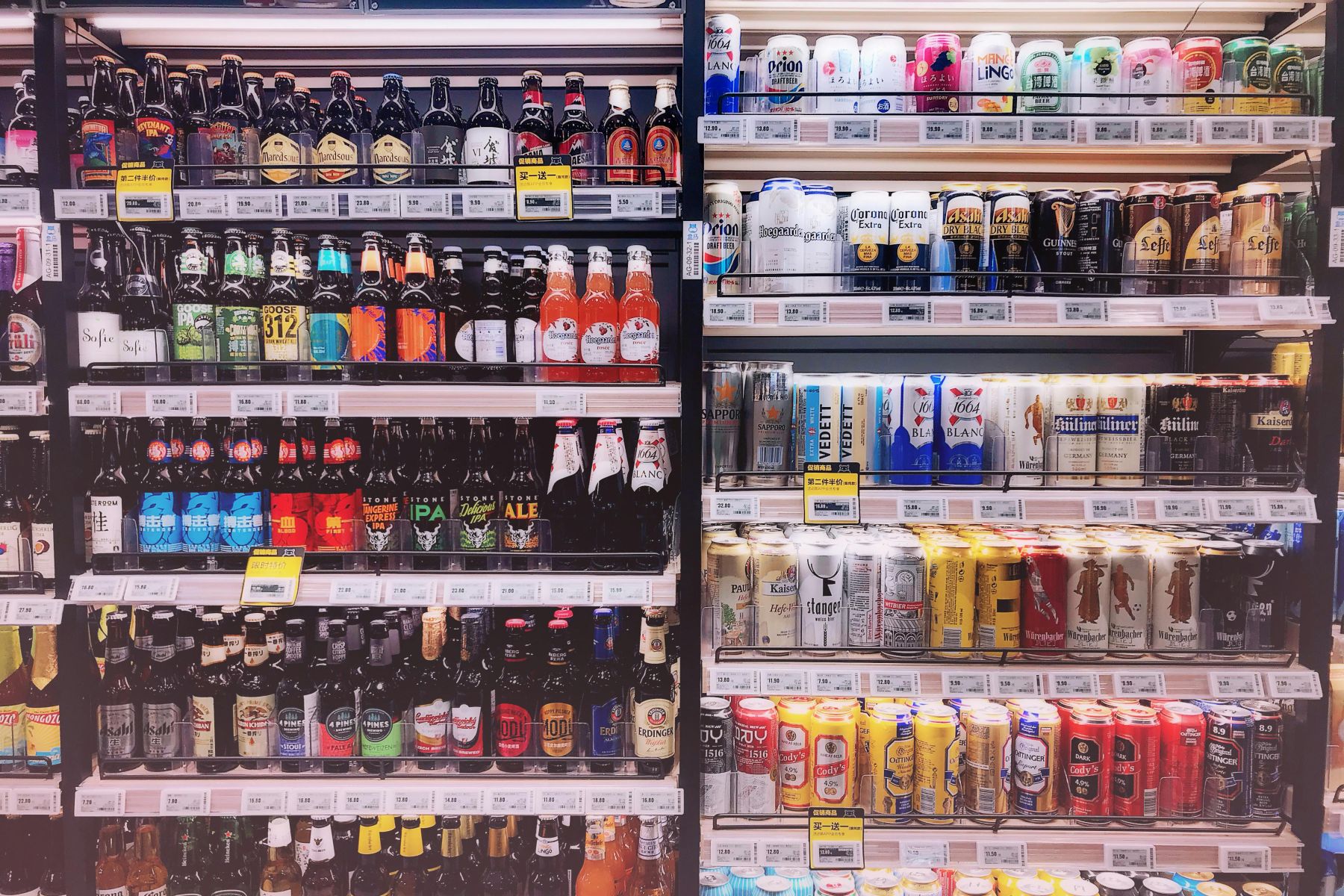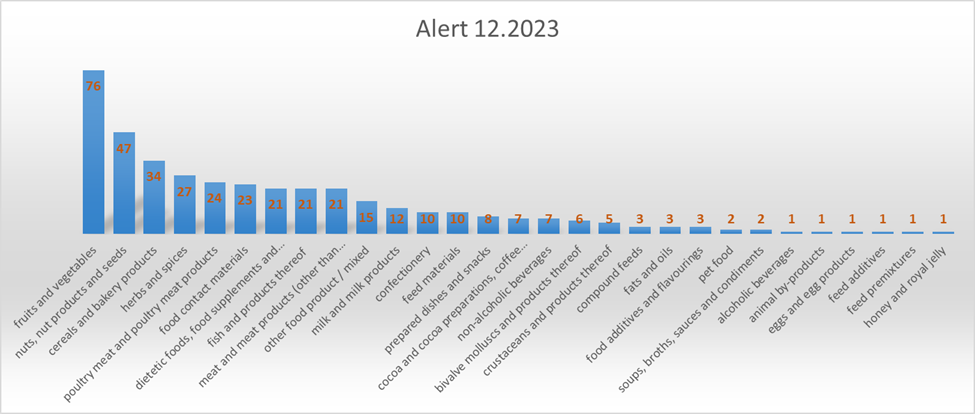Durian has emerged as one of Vietnam’s key agricultural export commodities, especially after being officially approved for formal export to China. However, this opportunity comes with stringent requirements regarding quality, traceability, and product uniformity.
In this context, the Ministry of Agriculture and Rural Development has developed a Draft National Standard (TCVN) for Fresh Durian Fruit, replacing TCVN 10739:2015. The new standard not only updates technical requirements but also reflects production realities, market demands, and international trends. It serves as a foundation for establishing production processes, quality control, and ensuring stable output for both domestic and international markets.
Details of the Draft:
- Scope of Application:
TCVN 10739:2015 applied generally to “fresh durian fruit,” without distinguishing varieties, growing regions, or consumption purposes. This was suitable during the early stages when production and markets were limited.
The new draft TCVN expands and specifies the scope:
-
-
- Applicable to popular varieties such as Ri6, Dona, and other varieties currently cultivated in Vietnam.
- Applicable to both domestic consumption and export, with particular emphasis on formal export requirements.
-
- Ripeness Control:
A key update in the standard is that ripeness must not be determined by sensory evaluation but by the number of days after flowering, depending on the variety and growing region.
Enterprises should:
-
-
- Establish systems to record flowering dates in orchards (manual logs, software, digital journals).
- Train technicians to accurately determine harvest timing for each variety.
- Avoid premature harvesting to prevent underdeveloped pulp and wet cores.
-
- Technical Requirements for the Product:
- Sensory: Fruits must be intact, with stems, free from pests, and without foreign odors. Defects such as rot, hardened pulp, tip burn, and wet cores are strictly excluded.
- Biochemical: Quantitative indicators such as Brix level and dry matter content are introduced to reflect edible quality and actual ripeness.
- Color: Fruit pulp is evaluated using the international Lab* color system, which assesses lightness (L*), red/green (a*), and yellow/blue (b*) values, enabling objective and quantifiable color assessment.
- Product Classification and Grading:
The draft divides products into three grades: I, II, III. Each grade has specific criteria for fruit weight, allowable defects, uniformity, and size tolerance.
-
-
- Grade I: Highest quality, suitable for premium markets.
- Grade II: Allows minor defects, suitable for general markets.
- Grade III: For products not meeting the above grades but still safe and minimally acceptable, suitable for processing or domestic consumption.
-
- Size and Tolerance Requirements:
Size is determined by weight or number of fruits per package. Tolerance is ±20% within each package or shipment.
While TCVN 10739:2015 included a size code table and Appendix A listing weights by variety, the new draft expands this by linking size to grading and uniformity requirements. Size control ensures consistency in shipments, facilitates packaging, transportation, quarantine, and clear differentiation between commercial grades.
- Presentation and Packaging:
Fruits must be clean, uniform, and free from severe bruises or scratches. Packaging must:
-
-
- Be ventilated, clean, and odor-free.
- Be suitable for sea transport and cold storage.
- Prevent mechanical damage to the fruit.
-
- Labeling:
Product labeling must comply with:
-
-
- TCVN 7087:2013 (Codex Stan 1-1985, amended 2010)
- Decree No. 43/2017/ND-CP and Decree No. 111/2021/ND-CP
- Circular No. 05/2019/TT-BKHCN
-
- Food Safety Requirements:
The draft sets strict limits for indicators such as heavy metals, pesticide residues, and harmful microorganisms, complying not only with domestic regulations but also with those of target markets, especially China.
- Testing Methods and Sampling:
Standardized testing methods enable enterprises to proactively control quality, reduce risks, and enhance operational professionalism. The draft provides clear guidance on representative sampling and specific analytical methods for indicators such as soluble solids, color, weight loss, and dry matter content.
The new draft TCVN for fresh durian fruit marks a clear shift from inspection standards to management standards. The inclusion of quantitative indicators such as Brix level, dry matter content, Lab* color values, along with mandatory traceability, commercial grading, and testing methods, reflects the drafting agency’s intent to build a practical, operational standard system that supports quarantine, trade, and international integration.
To prepare for the implementation of the new standard, enterprises should:
- Review the entire production process: from growth monitoring, harvesting, grading, packaging to labeling.
- Train technical staff: in quality inspection, grading, and traceability.
- Invest in measurement equipment: for Brix level, dry matter, color, and weight.
- Establish traceability systems: register planting area codes, packing facilities, integrate QR codes.
- Participate in the draft consultation before September 18, 2025 to ensure the standard aligns with practical realities.
Link to send comments on the Draft: https://mae.gov.vn/van-ban-du-thao-1981.htm
Explanatory Document: Thuyet minh DT TCVN ve San rieng qua tuoi.pdf
Draft Document: DT TCVN ve Sau rieng qua tuoi.pdf


